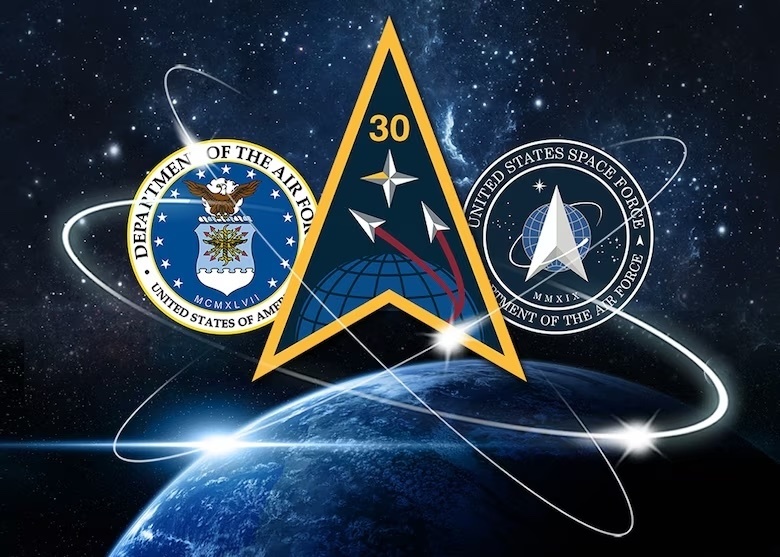22.05.2025

President Trump appointed U.S. Space Force’s Gen. Michael Guetlein today to lead the Golden Dome missile defense shield project. In a televised Oval Office meeting, Trump projected Golden Dome will take three years and $175 billion to complete, a much lower cost and shorter timeframe than others have estimated.
Guetlein, Secretary of Defense Pete Hegseth, and Senators Dan Sullivan (R-Alaska), Kevin Cramer (R-North Dakota) and Jim Banks (R-Indiana), joined Trump in making the announcement.
Golden Dome is envisioned as a missile defense shield to protect the United States from incoming missiles. A limited missile defense capability already exists with ground- and sea-launched missiles, but this would be much more expansive and include space-based interceptors to attack missiles during their ascent and mid-course phases. The concept is similar to President Ronald Reagan’s 1980s Strategic Defense Initiative (SDI). The technology wasn’t ready back then, but Trump and his advisors believe it is now. It’s not a single system, but a “system of systems” that are land-, sea-, air- and space-based.
Guetlein currently is Vice Chief of Space Operations at the U.S. Space Force. He has served as Commander of Space Systems Command, Deputy Director and Air Force Element Commander of the National Reconnaissance Office, and Program Executive for Programs and Integration at the Missile Defense Agency. “No one is more qualified for the job,” according to Trump.
Trump’s January 27 Executive Order kicked off the project, calling it the Iron Dome for America after Israel’s Iron Dome missile defense system that successfully repelled Iranian missiles last year. The name was changed to Golden Dome a few weeks later in part to distinguish it from Israel’s system which is only land-based and needs to protect only a tiny area compared to the United States.
Trump said today that Canada wants to be part of Golden Dome, too, so it will have to protect an even larger area.
The Executive Order directed Hegseth to submit a reference architecture within 60 days and that’s what happened today. Trump announced “we have officially selected an architecture for this state-of-the-art system that will deploy next-generation technologies across land, sea, and space including space-based sensors and interceptors.” He asserted it will cost $175 billion and be completed in two-and-a-half to three years, by the end of his term. Details were not released.
Congress is poised to include the first $25 billion in the reconciliation bill pending in Congress. Asked if he thought Congress would deliver the rest, Trump didn’t see any problem. “It’s amazing how easy this one is to fund. Some funding is tough and some is easy. When we say we’re going to save everyone’s lives in a crazy world, it seems to be very easy to get.”
Indeed, Senators Sullivan and Cramer, who were present today, introduced the Iron Dome Act on February 8 to authorize $19.5 billion for FY2026.
The Congressional Budget Office recently estimated the cost of the Space-Based Interceptor (SBI) portion of the system alone at $542 billion. Asked if he agreed with the estimate, U.S. Space Force Gen. B. Chance Saltzman said at a Politico event last week that after 34 years in the military “I’ve never seen an early estimate that was too high. It’s the nature of the business. I think we don’t always understand the complexity until you’re actually in execution, doing the detailed planning. And my gut tells me there’s going to be some additional funding that’s necessary.”
Sen. Tim Sheehy (R-Montana) said at a Washington Times event on May 13 where he announced the formation of a Senate Golden Dome Caucus that it won’t cost “$25 billion or $35 billion” but “in the trillions” to complete.
Quelle: Space and Technology Policy Group
